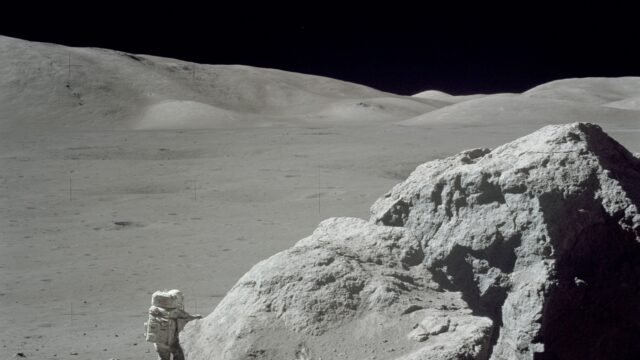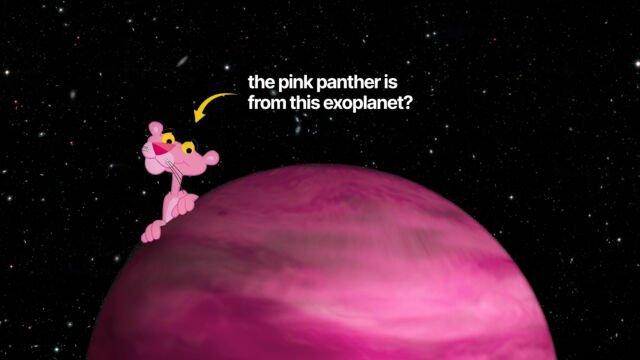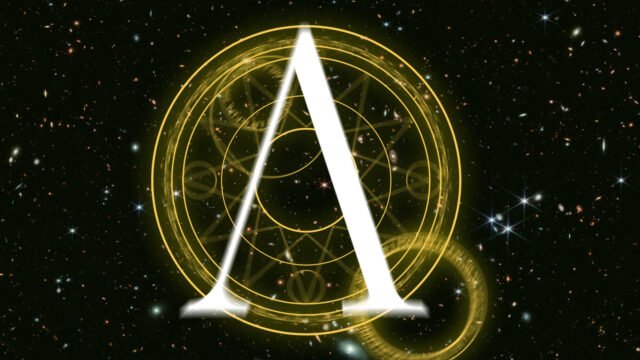The launch of Chandrayaan-3 is scheduled for July 14; with only a few days left, the last preparations are being undertaken to ensure its safety and success.
According to the India Space Research Organization (ISRO), the launch will take place at 2:35 PM from the Satish Dhawan Space Center in Sriharikota, Andhra Pradesh.
On July 5, ISRO successfully coupled the Chandrayaan-3 spacecraft with the Launch Vehicle Mark-III (LVM3) at the space facility in preparation for the important event.
Chandrayaan-3 is slated to land on 23rd August, and if the mission is successful, India will become the fourth country in the world to accomplish a soft landing on the moon, after the United States, China, and the erstwhile Soviet Union.
Chandrayaan-3 Mission Explained
The current lunar lander mission Chandrayaan-3, is a continuation of the last edition Chandrayaan-2, which crashed almost four years ago.
The Chandrayaan-3 mission, initially scheduled for 2022, was delayed due to a failed $140-million moon lander mission in 2019.
The space agency incorporated findings from the previous mission, which failed shortly before landing on the moon in September 2019.
Chandrayaan-3’s safe lunar landing and roaming capabilities will be demonstrated from start to finish.
When issuing a comprehensive note about the mission, the agency said, the spacecraft in the project will incorporate technology such as laser and RF-based altimeters, hazard identification and avoidance algorithms, and a touchdown leg system.[1]
The mission aims to study the Moon’s surface, particularly regions that haven’t seen sunlight in billions of years.
ISRO has also announced that Chandrayaan-3 will land near the Moon’s South Pole.
Spacecraft landing on the moon typically land in the equatorial region, near the lunar equator.
NASA’s Surveyor 7, launched in 1968, landed the furthest moon at 40 degrees south latitude.
India’s Chandrayaan-2, launched in 2019, attempted to land on the moon’s South Pole, but crashed due to a software error.
ISRO chief Sreedhara Somanath announced changes to the Chandrayaan-3 mission, including improved soft-landing sequences, four thruster engines, sturdier legs, larger solar panels, and more fuel to ensure success.
Along with doing qualitative and quantitative elemental analyses, ISRO will also employ a laser-induced breakdown spectroscope and an alpha particle X-ray spectrometer on the rover to look at the elemental makeup of the lunar soil and rocks near the landing site.
India has made great progress in its space exploration activities in recent years. The country also recently established a space policy to facilitate collaboration between government agencies such as ISRO and space technology entrepreneurs.
India joined the NASA-led Artemis Accords in June 2023, just before the planned Chandrayaan-3 launch, with the goal of promoting peaceful lunar exploration.
According to the White House, the agreements have immediate advantages for human spaceflight, but the information from Chandrayaan-3 could also be helpful for upcoming Artemis human landings.
References
- India Space Research Organization, Department of Space, ‘Chandrayaan-3’, 23 June 2023, https://www.isro.gov.in/Chandrayaan3_New.html[↩]





